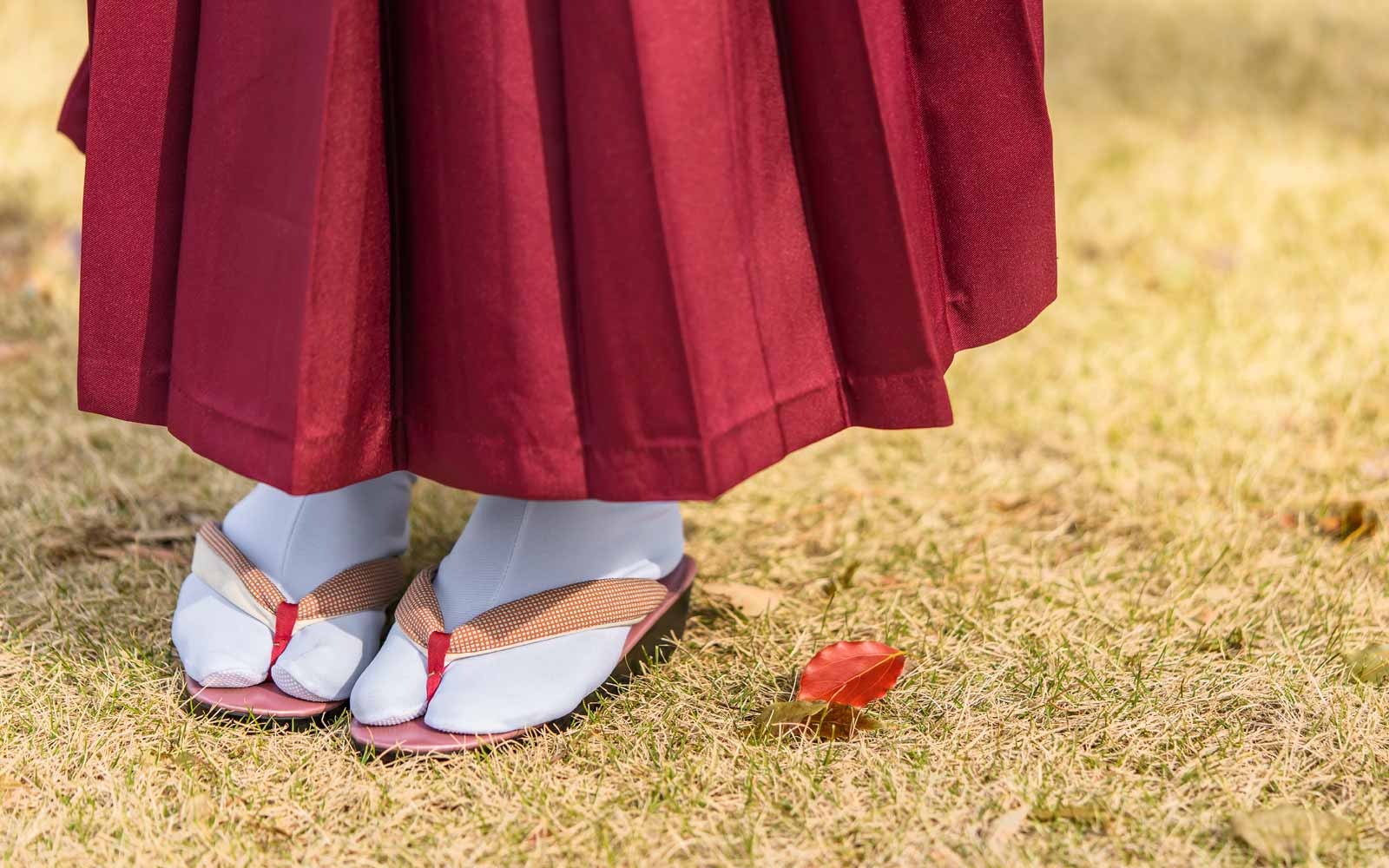Socks in the West have a slightly notorious reputation; an obligatory Christmas gift to please your father or a fashion faux pas when paired with sandals. But in Japan, the deep-rooted reverence for footwear produces a fascinating market filled with a plethora of multi-colored, wonderfully weird and scandalous socks.
For centuries, the Japanese have taken off their shoes indoors, and once they do, they should be wearing good material underneath (10-year-old, socks with holes in the toes won’t cut it and don’t even think about going barefoot.)
It is no wonder that Japan is universally known to produce well-made and durable socks; they are seen more than in other parts of the world. So as the Japanese sock industry continues to skyrocket, why not start off on the right foot and take a look at what’s in store?
Tabi socks

Tabi socks have caressed the feet of nobility, peasants, samurai and geisha since the 1400s. Its split-toe design is intended to pair with traditional thonged sandals, geta and zori, that once dominated the streets of ancient Japan. Then, circa 1922, tire manufacturer Bridgestone took tabi for a walk with the invention of rubber-soled jika-tabi, a boot-sock hybrid that literally translates to “tabi for the ground.”
With the introduction of Western-style shoes, tabi socks have lost some of their necessity, but that doesn’t mean they have fallen into obscurity with the sock-sandal combination still worn throughout sweltering Japanese summers. The modern renditions forgo the classic colors of the past with patterns and styles that lure in the masses (think sumo and sushi), making great souvenirs for tourists to take home.
Five-toed socks

The evolution of the forked tabi sock leads us to its quintuple cousin. Five-toed socks may look a little different, but their benefits have worldwide scientific support. These glove-inspired socks ward off runners’ problems like blisters and athlete’s foot by absorbing sweat from the toes.
They are not restrictive and allow your feet to stretch with freedom and help with balance. Moreover, the University of Tsukuba found a positive correlation between five-toed socks and circulation; results suggest they maintain a higher body temperature than regular socks.
Some have ethically combined this design with washi (traditional Japanese paper) to create odorless and long-lasting workout companions that are easy on the environment, with others using sustainable materials such as bamboo, which is breathable, hypoallergenic and anti-bacterial.
Knee-high socks

Click here to read more.
- External Link
- https://gaijinpot.com/
 Take our user survey and make your voice heard.
Take our user survey and make your voice heard.















No Comment
Login to comment